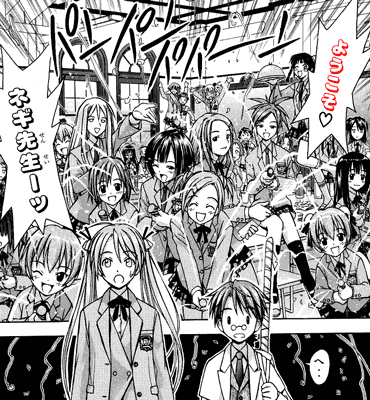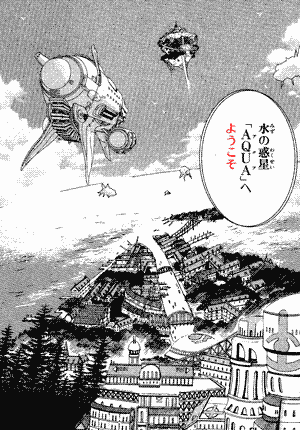In Japanese, youkoso ようこそ means "welcome." It's an expression used when welcoming a guest to a new place, like "welcome to city X" or "welcome to organization Y," and so on.
Usage
Although youkoso means "welcome," it's not the only word that means "welcome" in Japanese.
In particular, irasshaimase いらっしゃいませ also means "welcome" and it's used to welcome a customer into a establishment, like a convenience store or restaurant.
It's sonkeigo 尊敬語, "honorific language," so it's used to make reverence, normally toward someone who's superior to you.
Hierarchically, the customer is always above the merchant, so when an employee welcomes a customer into a establishment, it makes sense for them to use sonkeigo to make a reverence toward the customer, so they use irasshaimase.
On the other hand, youkoso is used more to congratulate or cheer someone for coming somewhere. Welcome to Japan, welcome to Tokyo, welcome to Shibuya, which is somewhere in Tokyo. Welcome to this building in Shibuya.
The phrase can even be used to welcome someone into a group.
にようこそ, へようこそ
Generally speaking, youkoso is used with either the ni に particle or the e へ particle. For example:
- Enu Eichi Kei ni Youkoso!
NHKにようこそ!
Welcome to the N.H.K.! - Booru-Ruumu e Youkoso
ボールルームへようこそ
Welcome to the Ballroom.
Both ni youkoso にようこそ and e youkoso へようこそ mean the same thing, basically. If there's any difference, is that e へ is more about a vague geographic location or direction rather than an exact destination.
See also: e へ vs. ni に.
- mizu no wakusei
"Akua" e
youkoso
水の惑星「AQUA」へようこそ
Welcome to the water planet, "AQUA."
In some cases, youkoso is said at the start of the sentence and the place itself is shifted to the end as an afterthought.
- Youkoso, Enu Eichi Kei ni!
ようこそ、NHKに!
Welcome! (to NHK!) - Youkoso, Booru-Ruumu e
ようこそ、ボールルームへ
Welcome! (to the Ballroom!)
Origin
The expression youkoso ようこそ comes from yoku zo よくぞ..[ようこそ - 大辞林 第三版 via kotobank.jp, accessed 2019-07-17]
The yoku よく, meaning "well," is the adverbial form of the i-adjective yoi よい, "good." The zo ぞ is a particle used for exclamation.
Basically, the original usage of the expression would be:
- yoku zo kita!
よくぞ来た!
Well done coming [here]!- Good job! That was a very good idea!
- youkoso kita!
ようこそ来た!
Since kuru 来る, "to come," is a movement verb, that explains why the place where you're being welcome to can be marked by both locative case-marking particles ni に and e へ.


No comments: